Since the emergence of telemetering over wire in the 19th century, followed by the development of progressively meaningful wireless telemetry systems over the next century or so, telemetry has not merely existed to assist the running of plant and equipment. Nor has it solely had value in achieving financial efficiency. What Oriel Systems (http://www-orielsystems-com.orielsystems.com) would instead like to emphasise in this article is the role that telemetry has had in shaping the present world in which all of its clients and non-clients live, work and play.
It is telemetry solutions, for example, that have made it possible for everyday people to be better informed about the coming weather in their localities, with weather balloons having used the technology to transmit meteorological data since 1920. Telemetry has also greatly modernised agriculture, given the need for weather and soil data to be delivered in a timely manner if healthy crops and good yields are to be consistently achieved. In the latter case, wireless weather stations transmit vital parameters, such as air temperature, precipitation, wind speed and soil moisture, to the achievement of such ends as precision irrigation and disease prevention.
Remote data acquisition has also been integral to fishery and wildlife research and management, with threatened species being monitored at the individual level. Instrumentation tags are fitted to animals under study so that the likes of temperature, diving depth and duration can be measured. Through telemetry tags, researchers can learn more about an animal’s environment, behaviour and functions. Archival tags can then be used to store this information, or the information can be transmitted to a satellite or handheld receiving device.
Testing environments where there is a need for close observation, but the presence of humans in close proximity would be dangerous, such as volcanoes, radioactive sites or munitions-storage facilities, also see the use of remote monitoring systems. They can be invaluable in making measurements in places that are generally inaccessible to humans, such as deep in the ocean or in space. Indeed, space science has long been another key frontier for telemetry, being used for data transmission by manned or unmanned spacecraft and covering distances exceeding 10 billion kilometres.
Data is frequently collected from spacecraft and satellites by space agencies like the European Space Agency (ESA) and NASA, via telemetry and/or telecommand systems. There are so many more examples of the areas in which solutions like telemetry software have played an integral role in furthering human achievement and broader society, from rocketry, military intelligence and medicine to communications, resource distribution and motor racing.
With its own highly concentrated areas of expertise in the water, chemical, printing and oil and gas industries, Oriel Systems (http://www-orielsystems-com.orielsystems.com) takes pride in its continuing contributions to making telemetry more powerful, flexible and suitable to the broadest range of professional and industry requirements.

 01249 705070
01249 705070